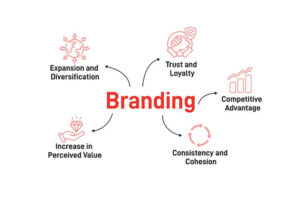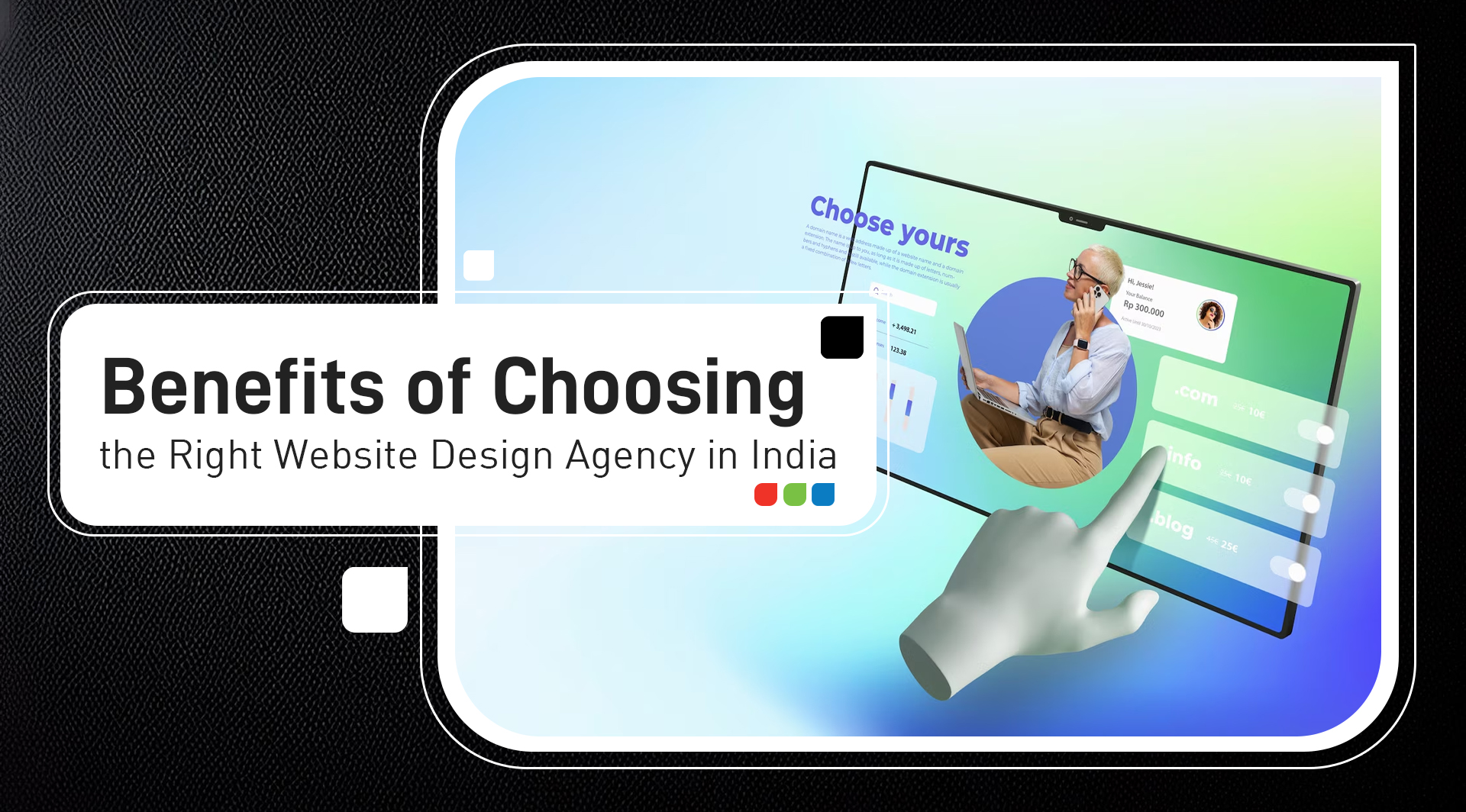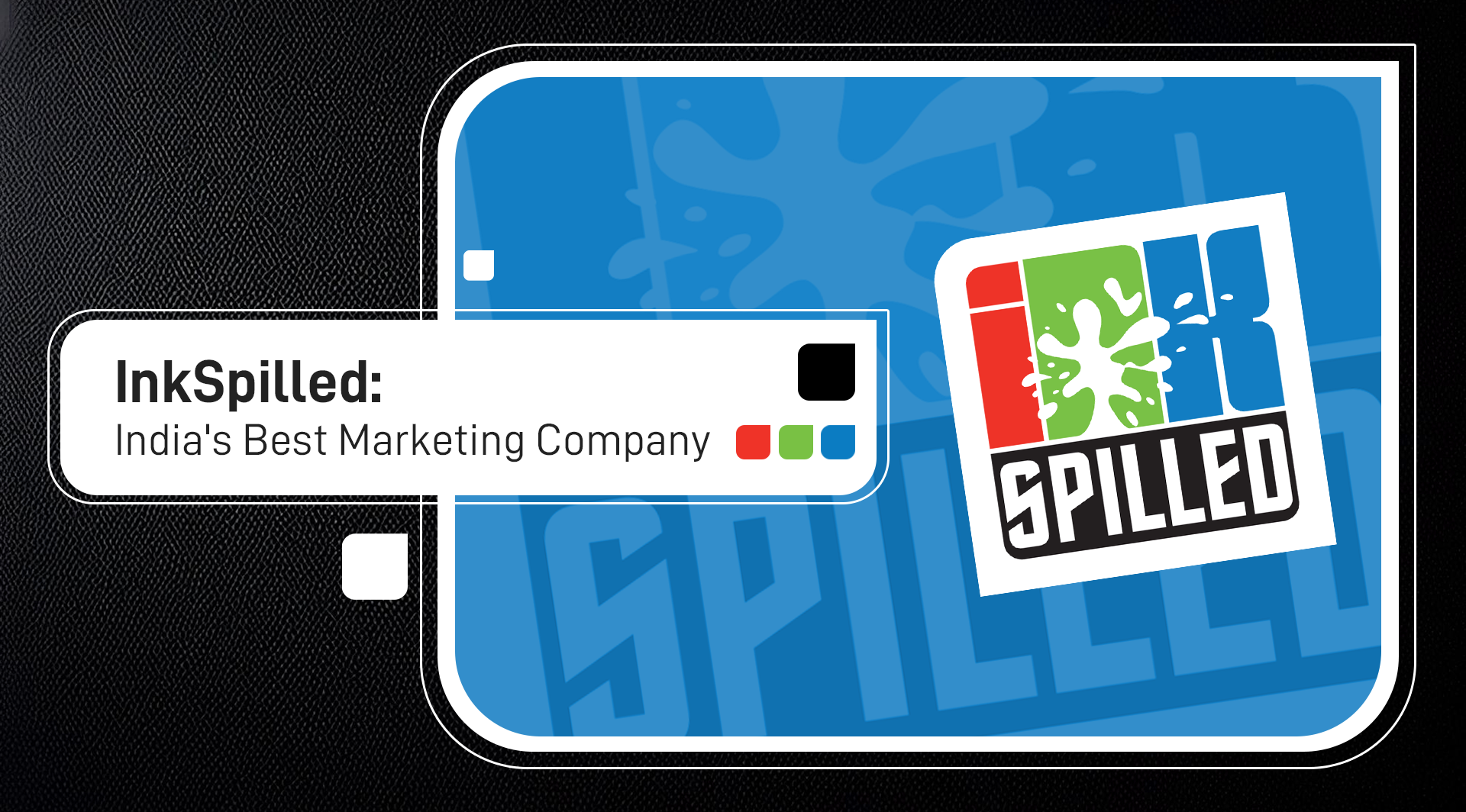Cracking the Branding Code: Understanding the What and Why for Your Business

In the competitive landscape of modern business, branding has become a critical component for success. In the bustling marketplace, your brand is more than just visual aesthetics; it’s the beating heart of your business, the anchor that tethers you to your audience, and the compass that guides your every move. Understanding the basics of branding is essential for any business looking to establish a strong presence in the market.
In this article, we will delve into the fundamental concepts of branding, its significance, and why it is crucial for businesses to prioritize their branding efforts.
So, what exactly is branding?
Imagine your brand as a captivating story, a carefully crafted narrative that defines your who, what, and why. Branding encompasses the process of creating a unique identity and image for a product, service, or company in the minds of consumers. It’s the essence of your business that involves crafting a distinct name, logo, design, and messaging that sets a business apart from its competitors. Effective branding communicates the value proposition of a business and establishes an emotional connection with its target audience.
Why is Branding Important?
In a world full of absolutely uncountable options to choose from, a strong brand appears class apart. Good branding helps the business grow by building trust & recognition, ultimately converting the potential customers into loyal advocates.
Branding is a strategic investment that yields numerous benefits for businesses of all sizes. Whether it’s a startup looking to carve its niche in the market or an established company aiming to maintain its competitive edge, branding plays a pivotal role in shaping perceptions and driving business growth.

1. Building Trust and Loyalty: A strong brand cultivates trust and loyalty among consumers. When customers have positive experiences with a brand and resonate with its values, they are more likely to become repeat buyers and later transform into brand advocates.
2. Competitive Advantage: In a saturated market, effective branding gives businesses a competitive advantage, boosting their reputation. It helps them position themselves uniquely on a perceptual map and attract their target audience, even in the presence of similar offerings from competitors.
3. Consistency and Cohesion: A well-defined brand ensures consistency across all touchpoints, including marketing materials, customer interactions, and visual elements, like video tutorials. This cohesion reinforces the brand’s identity and fosters a unified brand experience.
4. Increase in Perceived Value: Strong branding can elevate the perceived value of a product or service. When a brand is associated with quality, reliability, and positive experiences, consumers are often willing to pay a premium for its offerings. Like the electronics from Apple.
5. Expansion and Diversification: A robust brand provides a platform for business expansion and diversification. By studying how the market is changing and how the potential consumer can be attracted to the business, expansion becomes easy. It allows businesses to extend their product lines, enter new markets, and explore partnerships with confidence.
Key Elements of Branding
1. Brand Identity: This is the visual expression of your story. This encompasses the visual elements of a brand, including the logo, colour palette, typography, and design style. A cohesive brand identity creates a strong visual impression and fosters brand recognition. Helps to tell a distinctive story.

2. Brand Messaging: This is how you converse with your audience, informing them about the brand and its products. The messaging of a brand encompasses its mission, values, and communication with its audience. It includes the brand’s tone of voice, key messages, and storytelling that resonates with consumers at all touchpoints, from social media posts to customer service interactions.

3. Brand Positioning: Brand positioning defines how a brand is perceived in the market relative to its competitors. It involves identifying the brand’s unique selling proposition and communicating it effectively to the target audience.
4. Your Brand Values: These are the guiding principles that anchor your brand. They define what you stand for, what drives you, and what sets your moral compass. Like Dove’s celebration of real beauty are prime examples of values woven into the fabric of a brand. Or like Nestle or Coca-Cola.

5. Your Brand Promise: This is the unspoken contract the brand makes with the audience. Its the value the brand guarantees to deliver, the experience you pledge to create. Whether its Coca-Cola To refresh the world… To inspire moments of optimism and uplift… To create value and make a difference, or The Nike brand promise goes way beyond its famous tagline, Just do it. It promises: To bring inspiration and innovation to every athlete* in the world; you see the brand promise.
By incorporating these key elements into their branding efforts, businesses can create a cohesive and compelling brand that resonates with their audience and drives business growth. Building a powerful brand doesn’t happen overnight, it takes a good amount of time.
Here are some actionable tips to guide you:
Know your audience: Understanding your target demographics, their needs, and aspirations is crucial for crafting a brand that resonates.

i. Conduct a competitive analysis: Research your competitors to identify their strengths and weaknesses, allowing you to carve out a unique space in the market.
ii. Stay consistent: Maintaining a consistent brand identity across all platforms is key to building recognition and trust.
iii. Be authentic: Don’t try to be someone you’re not. Authenticity is what differentiates you and fosters genuine connections with your audience.
iv. Tell your story: Share your brand’s narrative through compelling content, engaging visuals, and emotional storytelling.
v. Embrace change: Adapt your brand to evolving trends and customer preferences, while staying true to your core values.

Keep in mind that branding is a long-term journey, not a quick race. It involves building a lasting connection with your audience, earning their trust, and becoming a significant presence in their daily lives. When you invest in your brand now, you’re establishing the groundwork for a prosperous and impactful future.
In summary, branding is a crucial element of business, involving the development of a unique identity, value proposition, and emotional bond with consumers. It is instrumental in setting businesses apart, establishing trust, and nurturing loyalty. By grasping the fundamentals of branding and its importance, businesses can formulate a strategic branding approach that aligns with their goals and connects with their intended audience.







